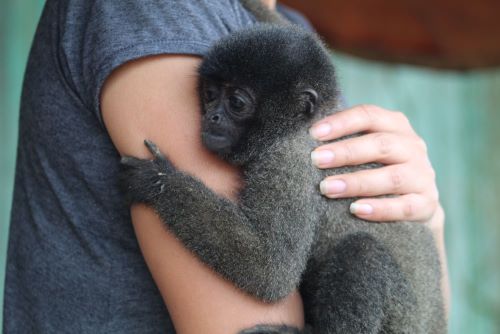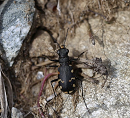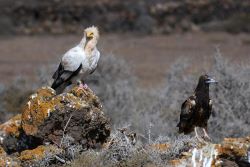 Latest News
Latest News
 El comercio ilegal de especies, un problema para la biodiversidad y riesgo para la salud
El comercio ilegal de especies, un problema para la biodiversidad y riesgo para la salud
Un estudio de la Estación Biológica de Doñana y la Universidad Pablo de Olavide detecta mascotas de origen salvaje en el 95% de las poblaciones del Neotrópico y alerta del peligro de brotes zoonóticos
 La urbanización y la pérdida de vegetación están cambiando características clave de comunidades de escarabajos y arañas
La urbanización y la pérdida de vegetación están cambiando características clave de comunidades de escarabajos y arañas
La urbanización está favoreciendo a especies de escarabajos más pequeñas y especies de arañas más grandes con mayor capacidad de dispersión. La pérdida de áreas boscosas se vincula con una...
 Las limitaciones a la caza con plomo reducen las concentraciones de este metal tóxico en la sangre de los guirres canarios
Las limitaciones a la caza con plomo reducen las concentraciones de este metal tóxico en la sangre de los guirres canarios
El guirre canario estuvo al borde de la extinción a finales del siglo XX. En aquel momento, se detectó que el plomo era un grave problema para la supervivencia de su población. El trabajo ha sido...
 One out of three roadkilled animals goes undetected by science
One out of three roadkilled animals goes undetected by science
Animals may escape and die away from the road after the collision, rebound off the road or retain by vehicle. In these cases, it is so extremely difficult to be recorded through typical roadkill...
 Identifican nuevos linajes de parásitos sanguíneos exclusivos de aves que habitan en entornos urbanos
Identifican nuevos linajes de parásitos sanguíneos exclusivos de aves que habitan en entornos urbanos
Los resultados del estudio han revelado que algunos parásitos del género Plasmodium, responsables de la malaria aviar, son más diversos en la ciudad que en el campo, presentando algunos linajes que...
— 5 Items per Page





